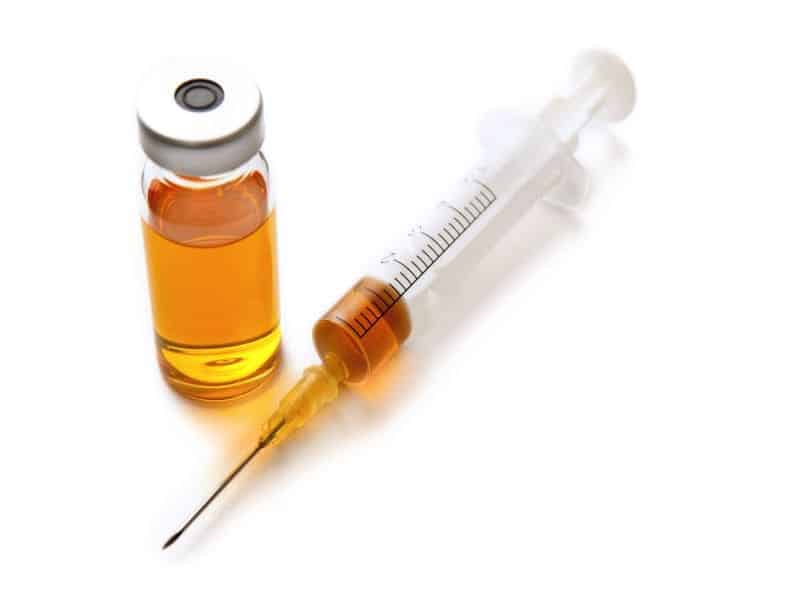WEDNESDAY, Jan. 2, 2019 (HealthDay News) — Pharmaceutical vial fill volumes can be optimized to reduce drug wastage when dosing is calculated by patient weight or body surface area, according to a study published online Dec. 5 in Applied Health Economics and Health Policy.
Anthony J. Hatswell, from Delta Hat Limited in Nottingham, and Joshua K. Porter, from University College London, both in the United Kingdom, and colleagues calculated drug wastage for patients at each “step” of dosage calculation and preparation. The frequency of each of these steps at the population level in the United Kingdom was then estimated to allow for estimation of drug wastage at each step multiplied by its prevalence.
The researchers found that by changing the available vial sizes for pembrolizumab from 50 mg/100 mg to 70 mg/100 mg, drug wastage could be cut from 13.3 to 8.7 percent. For cabazitaxel, which only has 60-mg vials available, wastage could be cut from 19.4 to 18.8 percent by increasing the fill to 70 mg. By adding a 12.5-mg vial, wastage would be cut to 6.5 percent. Additionally, the investigators noted that when the larger vial size was perfectly divisible by the smaller vial size, drug wastage was higher.
“We use methods such as integer programming and operations research which date back to the Second World War and are widely used in the manufacturing of consumer goods,” Hatswell said in a statement. “Their application to health care represents a novel step which ultimately we hope will help patients access important new medicines.”
Copyright © 2018 HealthDay. All rights reserved.



